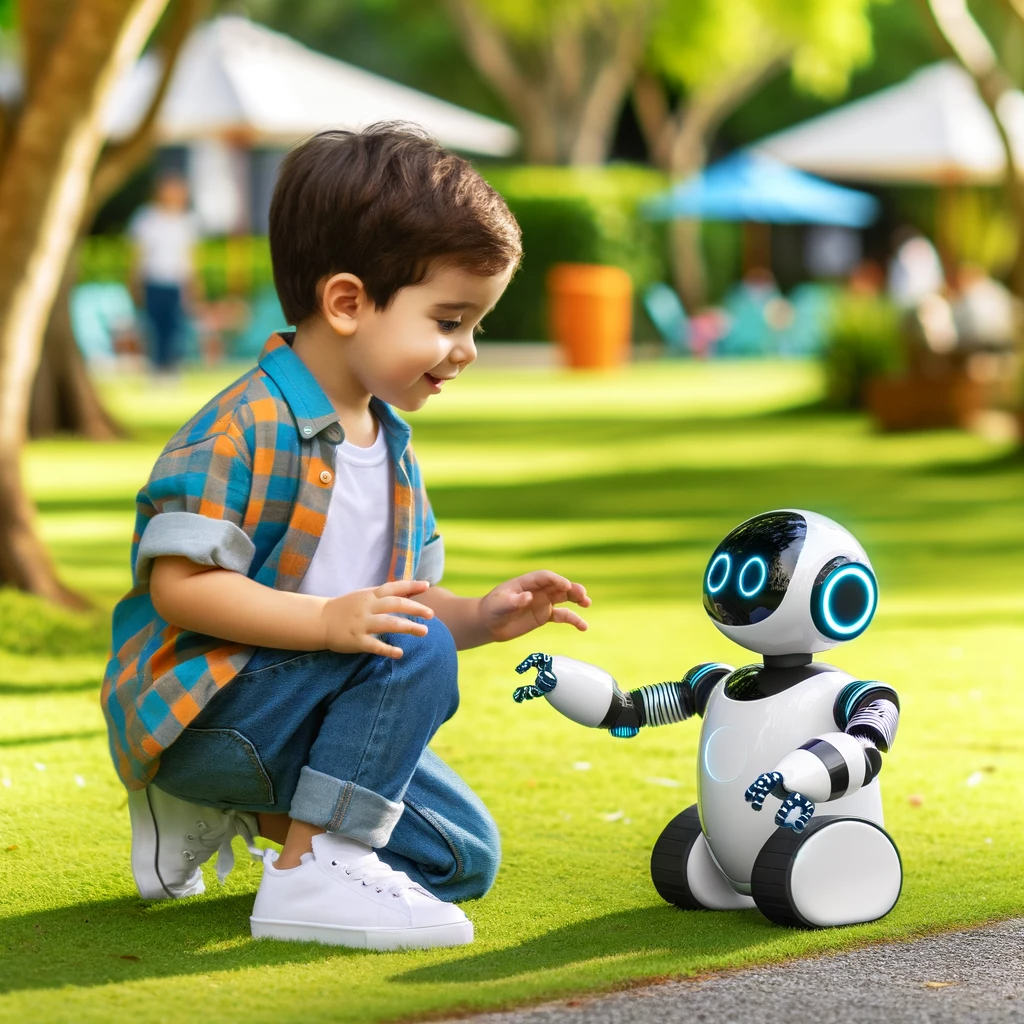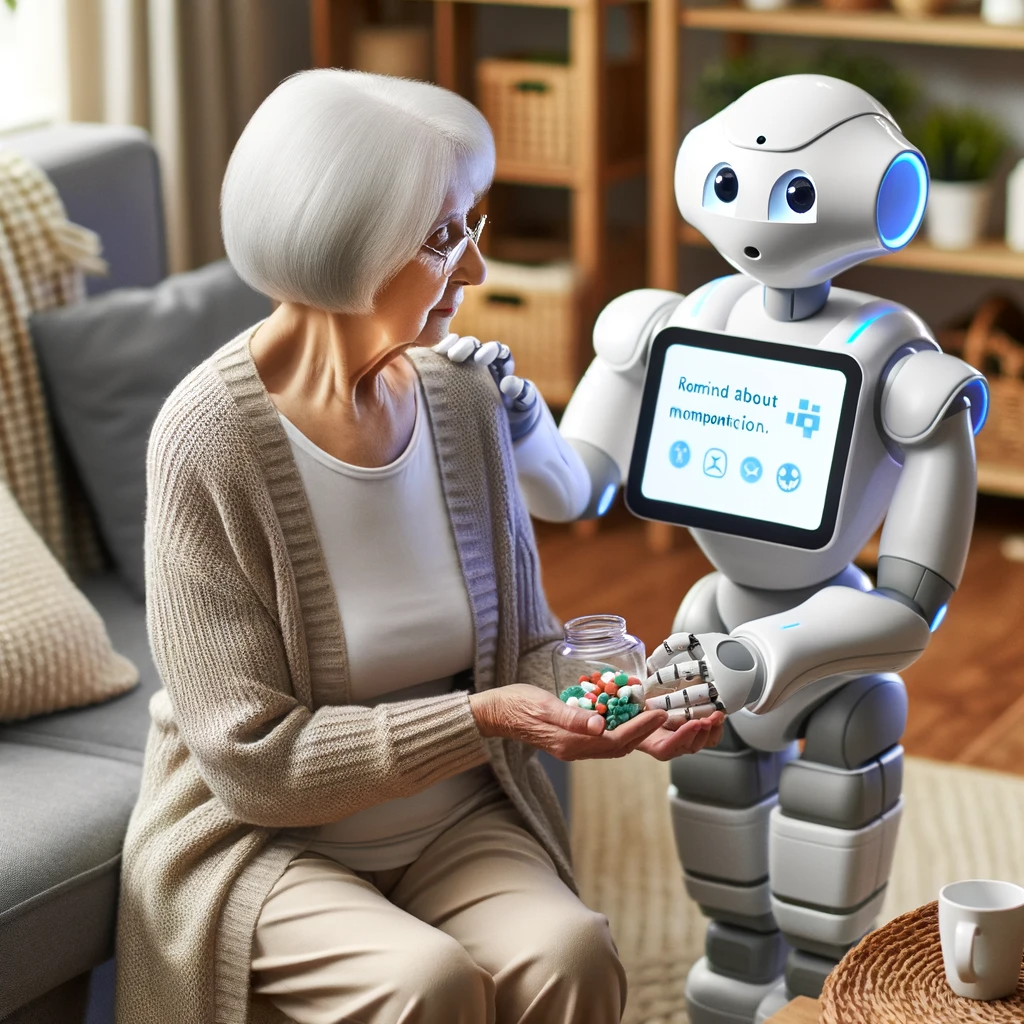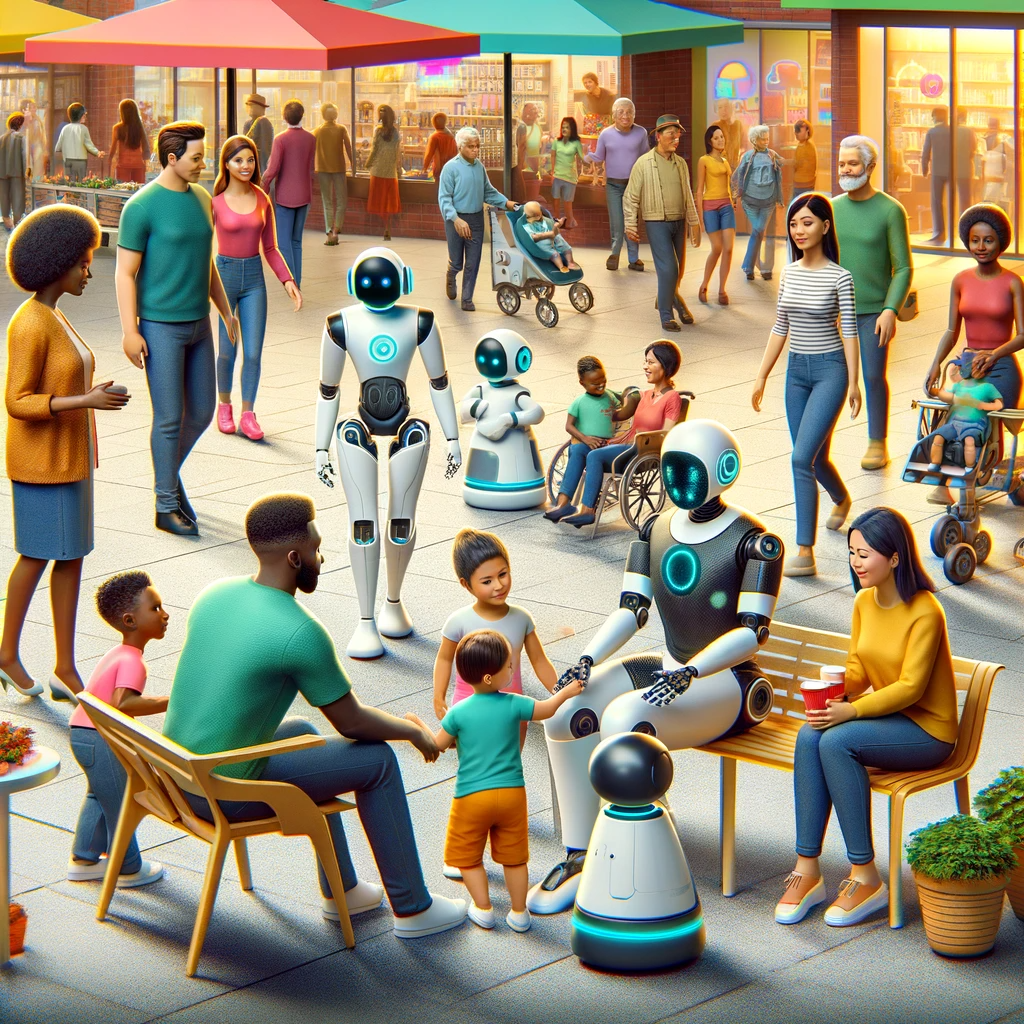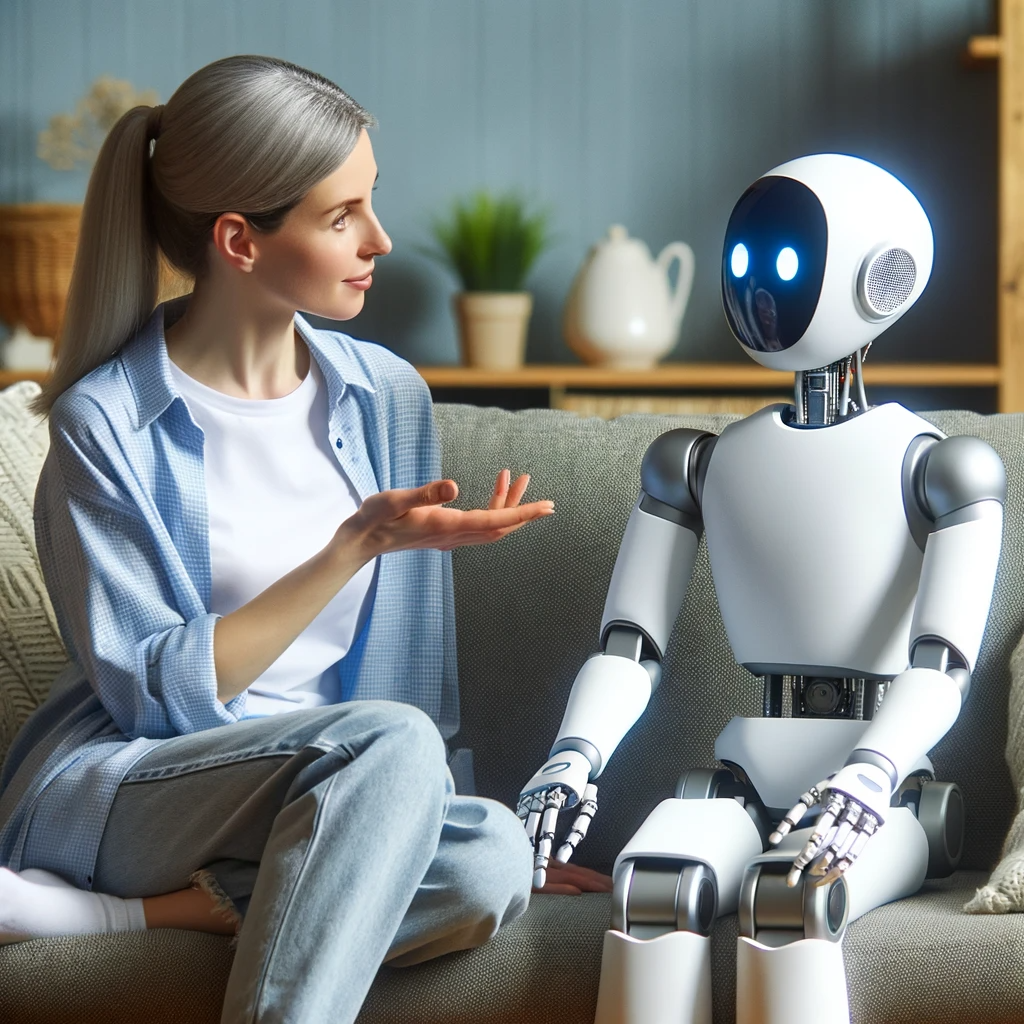In the world of advancing technology, the domain of social robotics stands as a remarkable testament to human innovation, particularly when intertwined with the power of Artificial Intelligence (AI). Social robots, defined as autonomous robots that interact and communicate with humans by following social behaviors and rules, are rapidly evolving from mere concepts to entities capable of meaningful human interaction. The integration of AI into social robotics has been a game-changer, significantly enhancing the capabilities of these machines to understand, learn from, and respond to human emotions and needs.
The scope of AI-enhanced social robots extends beyond simple interaction. They are increasingly finding applications in critical areas such as healthcare, where they assist in patient care and therapy; companionship, providing solace to the lonely or the elderly; and as supportive aids for individuals with special needs, offering assistance tailored to their unique challenges. The role of AI in these robots is not just to power their operations but to make them more empathetic, adaptable, and efficient in their interactions.
This article aims to explore the multifaceted applications of AI in social robotics. It will delve into the historical evolution of social robots, their transformative journey enabled by AI, and their current and potential future roles in healthcare, companionship, and as aids for individuals with special needs. By examining the ethical considerations and challenges alongside the benefits, the article will provide a comprehensive view of the dynamic field of AI and social robotics and its profound impact on society.
The Evolution of Social Robotics:
Social robotics has evolved significantly since its inception, transforming from rudimentary mechanical figures to sophisticated, AI-integrated machines capable of social interaction. The concept of social robots dates back to early automata, but it wasn’t until the late 20th and early 21st centuries that significant strides were made in developing robots capable of social interaction. Key technological advancements have been instrumental in this evolution, particularly in sensor technology, AI algorithms, and machine learning, enabling robots to perceive and interpret human emotions, respond to social cues, and learn from interactions.
The integration of AI has been pivotal in this transformation, turning social robots from functional machines into empathetic companions and interactive assistants. AI allows these robots to process vast amounts of data from their interactions, adapt their responses, and improve their social capabilities over time. This evolution has led to the creation of robots that can engage in meaningful interactions, recognize individual preferences, and provide personalized responses, making them more relatable and effective in social roles.

Social Robots in Healthcare:
In healthcare, social robots have begun to play a crucial role, offering assistance and support in various capacities. These robots are used for patient monitoring, providing companionship, assisting in therapy sessions, and supporting elderly care. Their capabilities range from reminding patients to take medication to providing emotional support and aiding in cognitive therapies. A notable example is the PARO therapeutic robot, designed to interact with patients, especially in geriatric and pediatric departments, to provide comfort and improve mental health.
The benefits of using social robots in healthcare are significant, including increased patient engagement, reduced caregiver burden, and enhanced therapeutic outcomes. However, challenges in integrating these robots into healthcare environments exist, such as ensuring patient privacy, managing technical issues, and training staff to work alongside these machines. Understanding these benefits and challenges is crucial in effectively integrating social robots into healthcare settings.
AI-Enhanced Companionship:
Social robots, enhanced by AI, are increasingly being used for companionship, especially for isolated individuals or those living alone. These robots can provide social interaction, help reduce feelings of loneliness, and offer emotional support. AI-driven social robots are designed to recognize and respond to human emotions, engage in conversation, and adapt to the preferences and needs of their users.
Examples of such robots include companion robots designed for elderly individuals, providing not just company but also reminders for medication and appointments. The emotional and psychological benefits of these AI-enhanced companions are significant, helping to alleviate loneliness and improve overall mental well-being. However, the use of social robots for companionship also raises ethical considerations, such as the impact on human relationships and the potential for over-reliance on machines for emotional support.

Assistance for Individuals with Special Needs:
Social robots are also proving to be invaluable in assisting individuals with special needs, including those with disabilities and developmental disorders. AI plays a critical role in customizing interactions for these individuals, enabling the robots to learn from user behavior and provide personalized assistance. This personalized approach can aid in communication, learning, and completing daily tasks, making these robots particularly beneficial in educational and home settings.
Case studies of social robots used in special education or therapy sessions for children with autism spectrum disorder illustrate their effectiveness in improving communication and social skills. The importance of inclusive design and accessibility in social robotics is paramount, ensuring that these robots can cater to a wide range of needs and abilities.
Future Directions and Ethical Considerations:
The field of AI and social robotics is ripe with emerging trends and potential for future development. As technology advances, we can expect to see more sophisticated, intuitive, and human-like social robots. However, this advancement brings forth ethical considerations, including concerns about privacy, autonomy, and the socio-cultural impact of widespread robot integration. Issues of AI bias and the importance of responsible AI development are also critical in ensuring that social robots are fair, unbiased, and respectful of human values.
A thoughtful balance must be struck between technological advancement and human-centric considerations in the design and use of social robots. Ensuring that these robots enhance rather than replace human interactions and that they are developed with ethical considerations in mind is essential for their positive integration into society.

Conclusion:
This article has provided an in-depth look at the role of AI in social robotics, covering its applications in healthcare, companionship, and assistance for individuals with special needs. We have explored the historical evolution of social robots, their current use cases, and the potential future directions of this technology. The transformative impact of AI in social robotics is undeniable, offering benefits across various domains. However, alongside these benefits come challenges and ethical considerations that must be addressed. The future of social robotics is promising, and its development will significantly depend on ongoing research and careful consideration of ethical implications.
